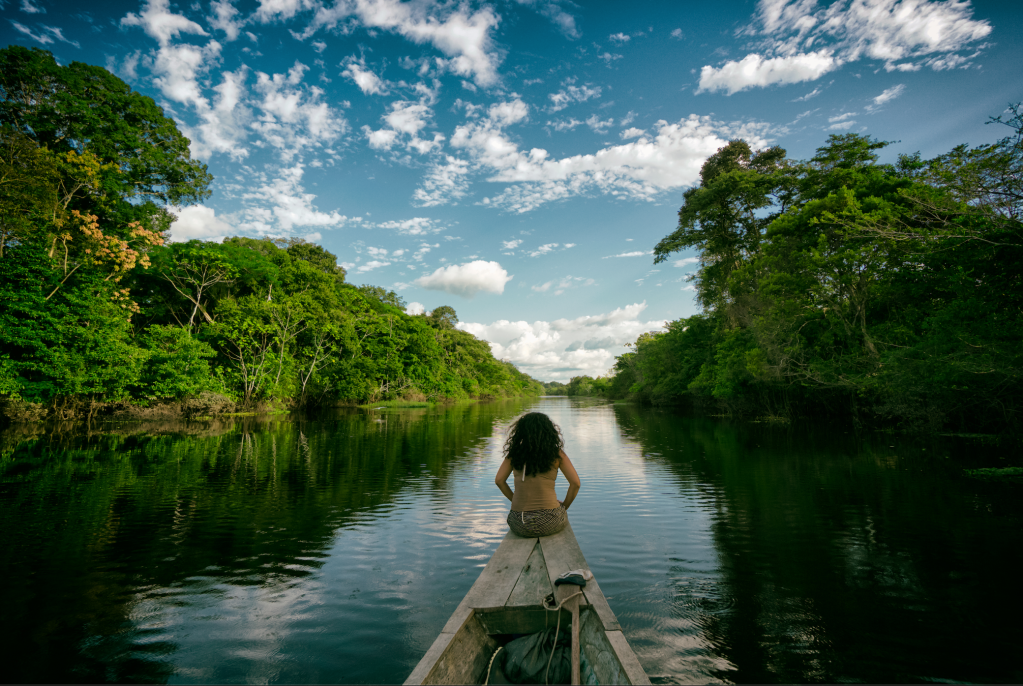Nearly a fifth of cactus species around the world are at risk of endangerment or extinction due to lax conservation measures, according to a study published in Conservation Biology.
The research, led by Bárbara Goettsch of the International Union for Conservation of Nature (IUCN), confirms fears about the increasing vulnerability of this iconic group of spiny plants to poaching, invasive bugs, and habitat loss.
Videos by VICE
Goettsch’s team found that 261 out of 1,438 cactus species are unprotected by preserves or conservation regulations—and as a group, they are even more at risk than mammals and birds. “Our results show that a greater percentage of cacti species (18 percent) are lacking such protection than for mammals (9.7 percent) and birds (5.6 percent), and there is also a greater percentage of threatened cacti species (32 percent) outside protected areas than for amphibians (26.5 percent), birds (19.9 percent) and mammals (16 percent),” Goettsch’s team concluded.
The study marks the first time a plant family has been subject to a “gap analysis,” which is an estimate of how protected a group is within its geographical range. The finding follows a 2015 paper in Nature Plants, also led by Goettsch, which estimated that 31 percent of cactus species are threatened, mostly due to trafficking and agricultural development.
Cacti may not be the sort of lifeform people associate with poachers, but there is a real black market for them. In Arizona, where the saguaro cactus is the official state plant, authorities are considering microchipping cacti that are most likely to be uprooted and illegally sold to buyers, sometimes for more than $1,000 per plant.
Mexico and Brazil are particularly prone to cactus decline, which is why conservationists are pushing for national efforts to protect the plants in both countries.
Read More: Watch This DJ Make Trap Music Using a Cactus
This impetus to boost awareness and action for cactus conservation is driven partly by an appreciation for plants and the businesses that depend on them. But scientists are also concerned about the delicate ecosystems that cacti support. These hardy plants are famous for their ability to hoard water in arid environments, and act as an oasis and food source for many desert creatures.
Get six of our favorite Motherboard stories every day by signing up for our newsletter.




